
One-year-olds are the best! They’re adorable, of course. They’re hilarious, and you never know what you’re going to get from them. Toddlers are full of wonder and inquisitiveness about everything. Truly, they’re a dream to photograph. One of my favorite moments to photograph is a one-year-old’s first birthday cake – often called a cake smash session.
I’ve laughed so hard that I’ve cried during many of these sessions. Maybe you are lucky enough to have a one-year-old in your life who could enjoy a cake for your camera sometime soon. It’s not too hard to set up, and you almost always get photos that you’ll want to keep forever. Here are some cake smash photo session tips to help you.

Capture a few frames before it gets messy
Once the cake is put in front of a one-year-old, you’re not going to get one more clean-faced shot. Even after you’re done with the cake, it’s a sure bet that your little subject will be done, and uninterested in posing for one more photo. To be honest, most sessions end with the little one crying because she realizes she’s a mess, or because you took the cake away from him.

So it’s best to catch a few photos before you even let the child see the cake. I love to capture who he is at the moment because this age is just so much fun. Grab a few photos with his favorite toy, or in her bedroom, or taking some wobbly toddler steps.
googletag.cmd.push(function() {
ruleset_slots.push( googletag.defineSlot( “/1005424/_dPSv5topic-rhs(300×250)”, [300, 250], “pb-ad-0” ).addService( googletag.pubads() ) ); } );
Yes, it’s going to get messy
Choose your location wisely, because you never know what’s going to happen. Some toddlers are very cautious and don’t want to do much except poke at the cake. Other toddlers like to fling cake and frosting across the room. I’ve found it best to do cake smash sessions outdoors in good weather, and in the kitchen if it’s too cold outside. The kitchen table works great, because it’s easy to maneuver around for different angles, it keeps the child somewhat contained (I have mom or dad standing close by in case she decides to dive off for some reason, although most one-year-olds are very aware that they don’t want to go near the edge.)
The kitchen table works great, because it’s easy to maneuver around for different angles, it keeps the child somewhat contained (have mom or dad standing close by in case she decides to dive off for some reason, although most one-year-olds are very aware that they don’t want to go near the edge).

Put your cute little subject in clothes (or no clothes) that are okay to get ruined or dirty. The parent might want to be prepared to give their toddler a bath right after the session. I’ve seen cake in eyelashes, ears, and every nook and cranny you could think of.
I prefer lighter colored cakes with some bright elements to them. Chocolate cake with chocolate frosting may taste the best (if you’re a chocolate lover like I am), but sometimes ends up looking like a bunch of mud on the little one’s face. Usually, the parent chooses whatever cake they’d like, and I make it work.
Make it festive for the birthday boy or girl

Since you are celebrating the little one’s first birthday, it’s fun to have some photos where it’s very obvious that it’s a birthday celebration going on. Balloons, streamers, party hats, banners, flags, and festively wrapped gift boxes can all add a nice touch. However, these fun props can sometimes distract your overwhelmed little one, so you may have to just move them away and out of the frame if they aren’t helping to create a fun cake smash atmosphere.
googletag.cmd.push(function() {
ruleset_slots.push( googletag.defineSlot( “/1005424/_dPSv5topic-rhs(300×250)”, [300, 250], “pb-ad-1” ).addService( googletag.pubads() ) ); } );
Remember to keep it fairly simple, because you want the focus to be on the birthday girl or boy, and you may not end up being able to use any of your thoughtful props anyway.
Get close-ups

Dimpled fingers, cute little toes, and hilarious cake smashing action are a must to capture close up. I love to show cake in between the toes, or frosting in the eyelashes. I adore those little chubby hands grabbing the cake and shoving it in his mouth. Get shots of those dainty fingers poking at the cake, tentatively testing it out.
You can tell a much better story of the cake fun if you get some close-ups of everything, along with the shots that take everything in. Get lots of angles; try shooting from above, from her eye level, from below, and from every side (as long as your light and your background are okay from all of the angles).
Encourage smashing if needed

Sometimes you’ll get a little one that is really hesitant to dig in, and much more of a “taster” than a “cake shoveler”. Sometimes she might not even want cake on her hands at all. You will want to try to capture some photos showing that because photos showing her true personality will be much more valuable than something that is completely out of character and set up by you.
However, there are only so many photos you can take with nothing happening. It may help to have mom or dad give the little guy a taste, making him want more. Maybe you might give him a baby spoon to attack the cake with. When all else fails, you might try breaking a piece out of the cake and putting it in her hand. Oftentimes, she just doesn’t know what she’s supposed to do. We don’t usually put an entire cake in front of our children and tell them to make a mess of it.
Be prepared for all of the emotions

googletag.cmd.push(function() {
ruleset_slots.push( googletag.defineSlot( “/1005424/_dPSv5topic-rhs(300×250)”, [300, 250], “pb-ad-2” ).addService( googletag.pubads() ) ); } );
Something this new and different can bring out happiness in some kids, and overwhelmed tears in others. Be prepared for those tears, and make sure to capture a few photos before dad or mom comforts him and cleans him up.
It’s okay if every photo isn’t smiling and happy, because, as any parent of a one-year-old can tell you, they are not always smiling and happy. Toddlers often dissolve into tears when things feel overwhelming. Try to keep the session as light and easy as you can, and don’t plan on everything going your way.
Enjoy it all

You only get a first birthday once in your life, and it should definitely be something to celebrate! Enjoy every moment photographing your little one’s first cake tasting (smash) experience. Hopefully she will enjoy it as much as you do. After all, it’s not every day that you get an entire cake to yourself.
Have you ever heard of cake smash sessions? Have you ever photographed one? I’d love to see your photos in the comments.
googletag.cmd.push(function() {
ruleset_slots.push( googletag.defineSlot( “/1005424/_dPSv5topic-rhs(300×250)”, [300, 250], “pb-ad-3” ).addService( googletag.pubads() ) ); } );
The post How to do a Cake Smash Photo Session by Melinda Smith appeared first on Digital Photography School.
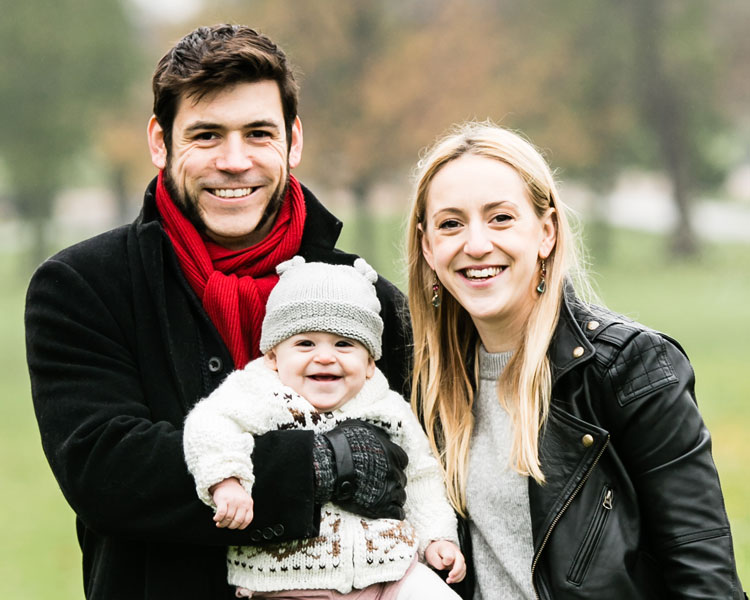
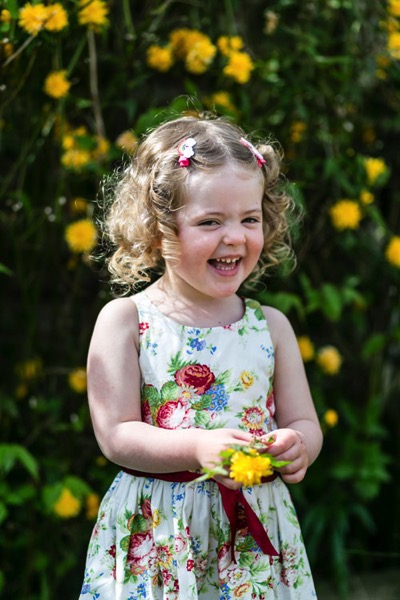
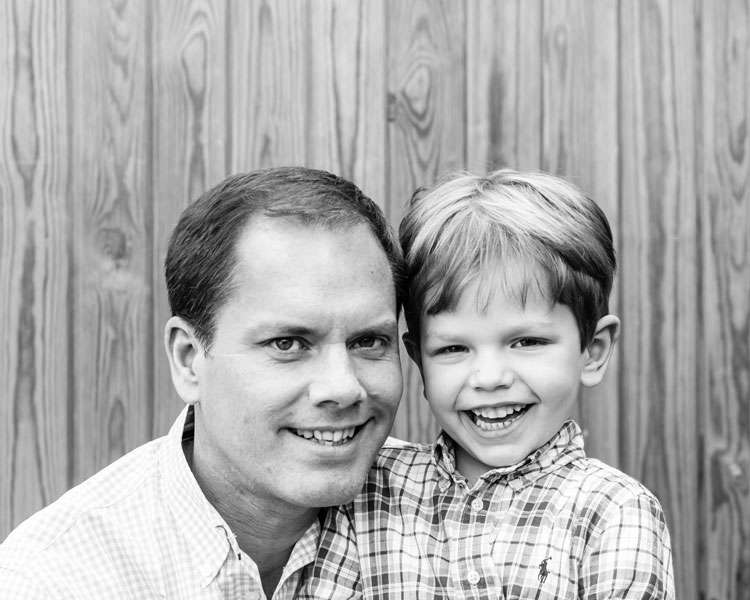
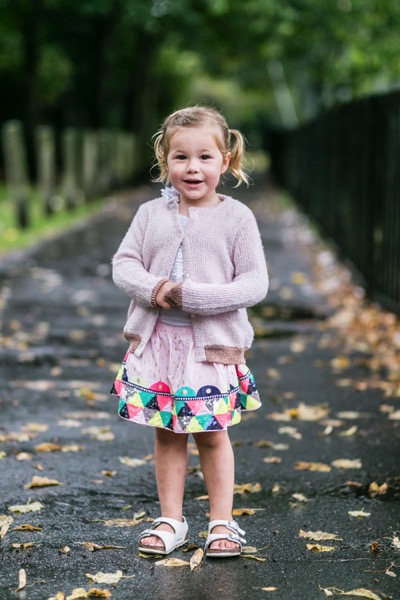

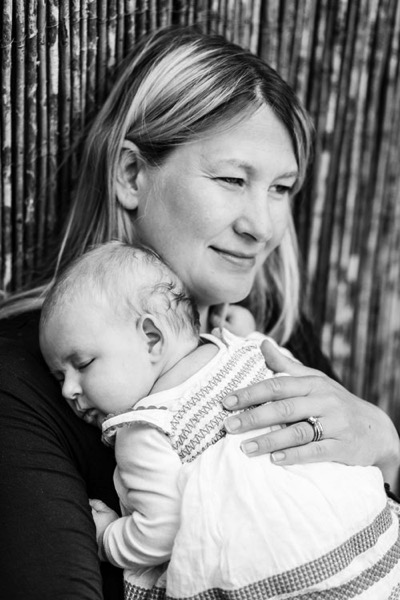

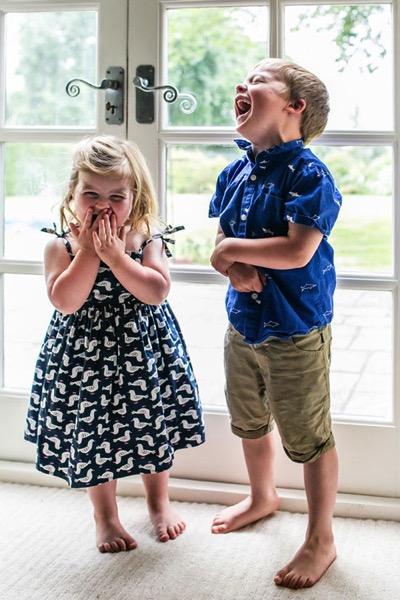

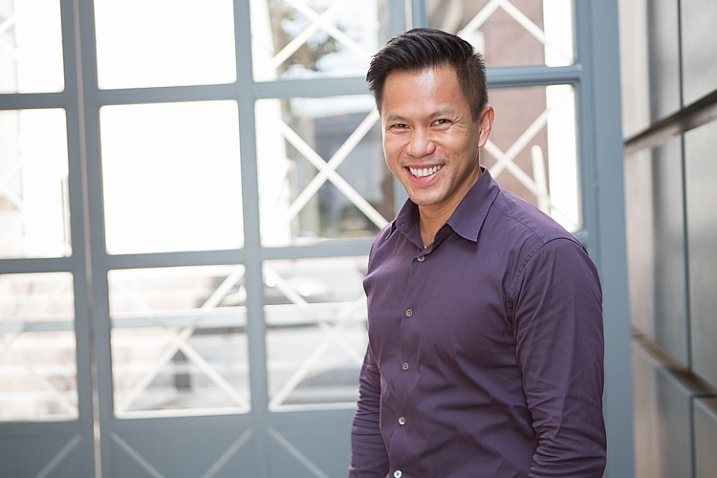

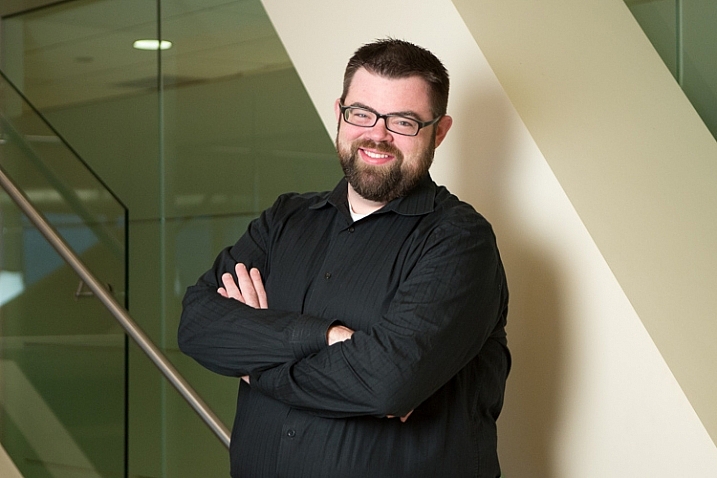
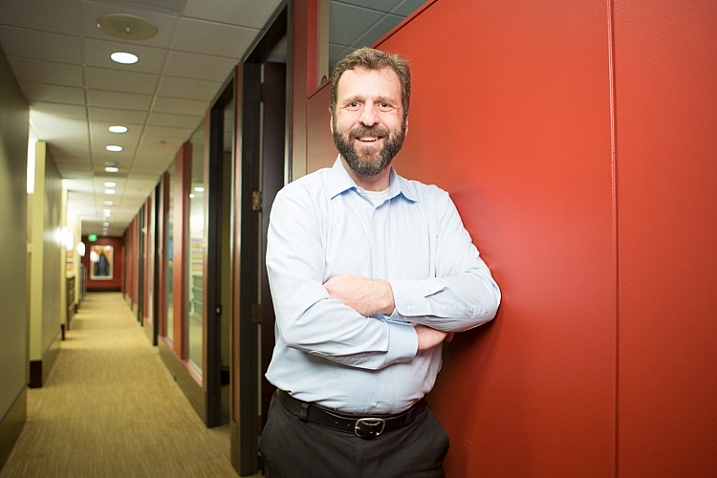
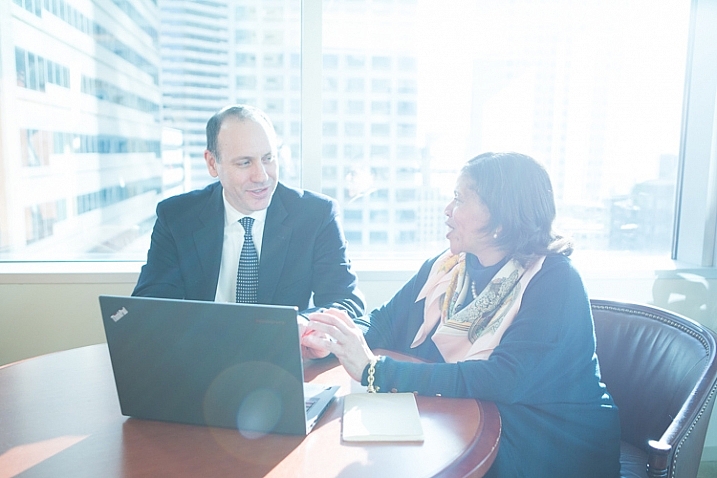


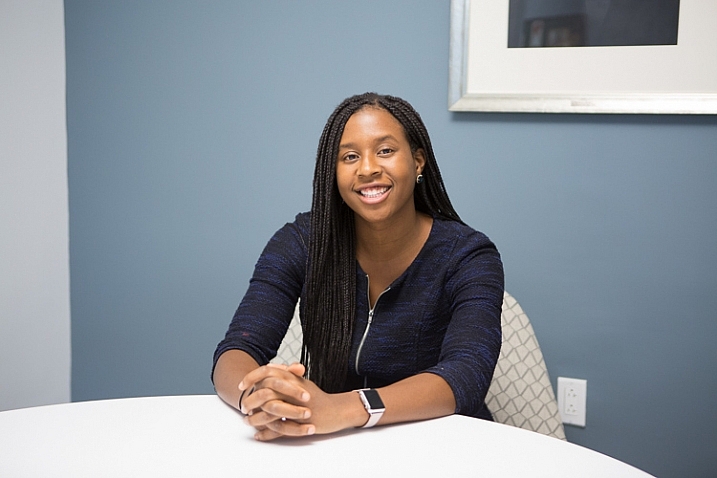

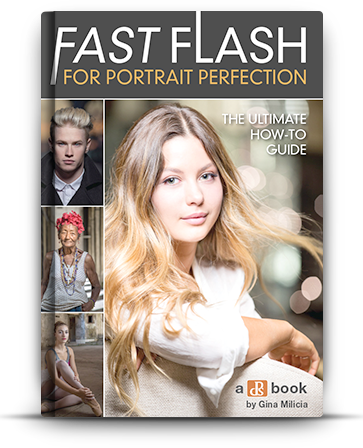
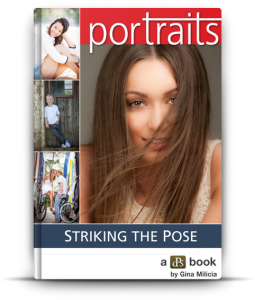 If you want to learn more about portrait posing and working with people, pick up one of the dPS ebooks by Gina Milicia Portraits: Striking the Pose (left) or her brand new one called: Fast Flash for Portrait Perfection (right).
If you want to learn more about portrait posing and working with people, pick up one of the dPS ebooks by Gina Milicia Portraits: Striking the Pose (left) or her brand new one called: Fast Flash for Portrait Perfection (right).




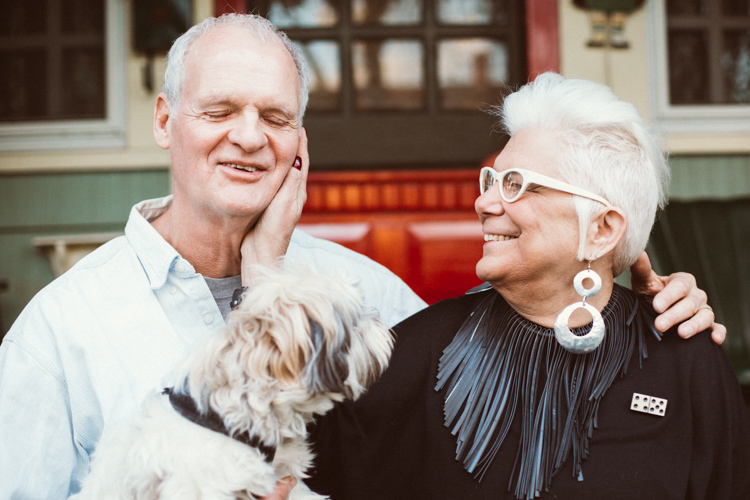
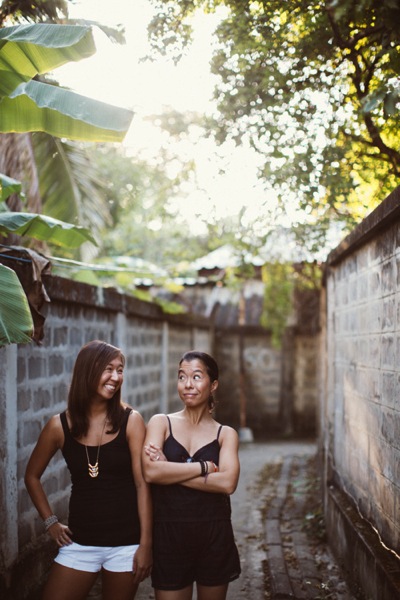
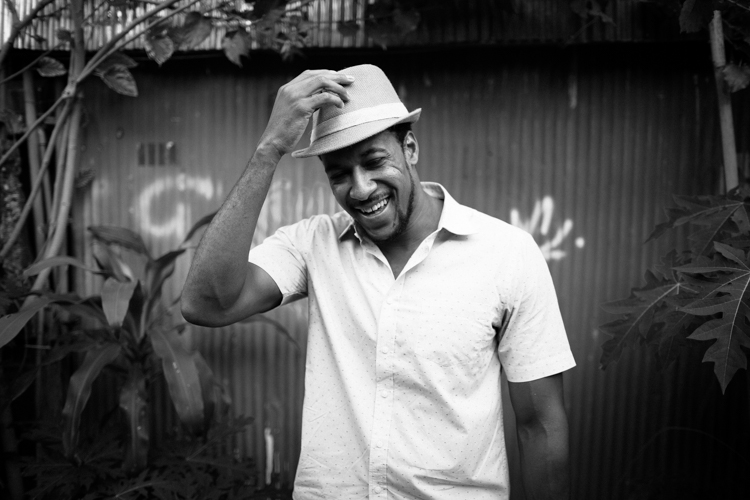
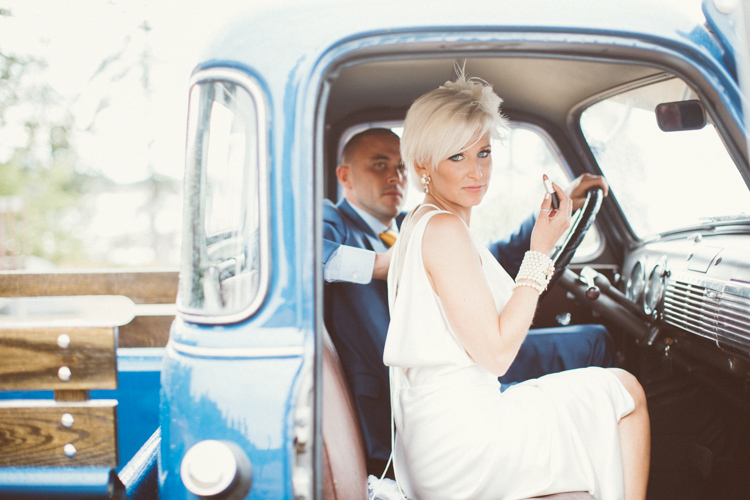
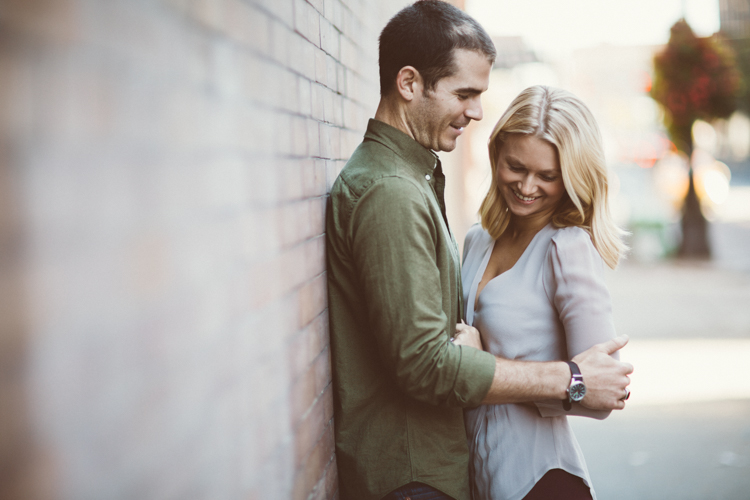
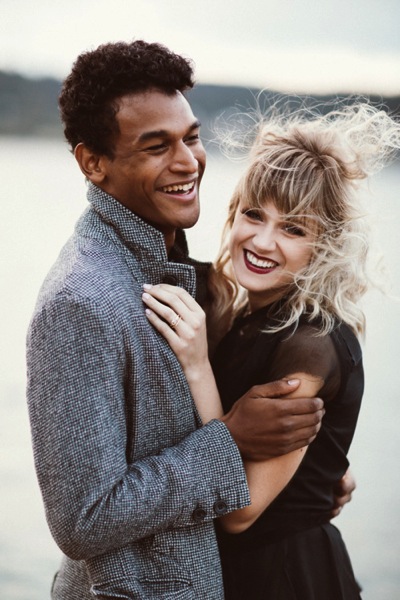
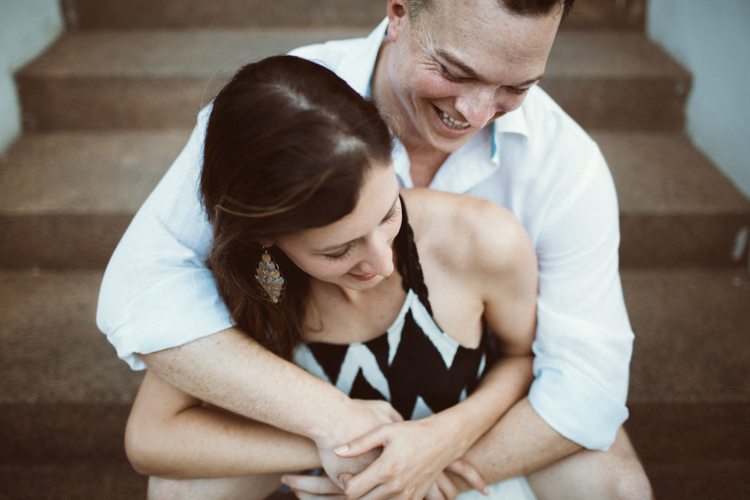

You must be logged in to post a comment.